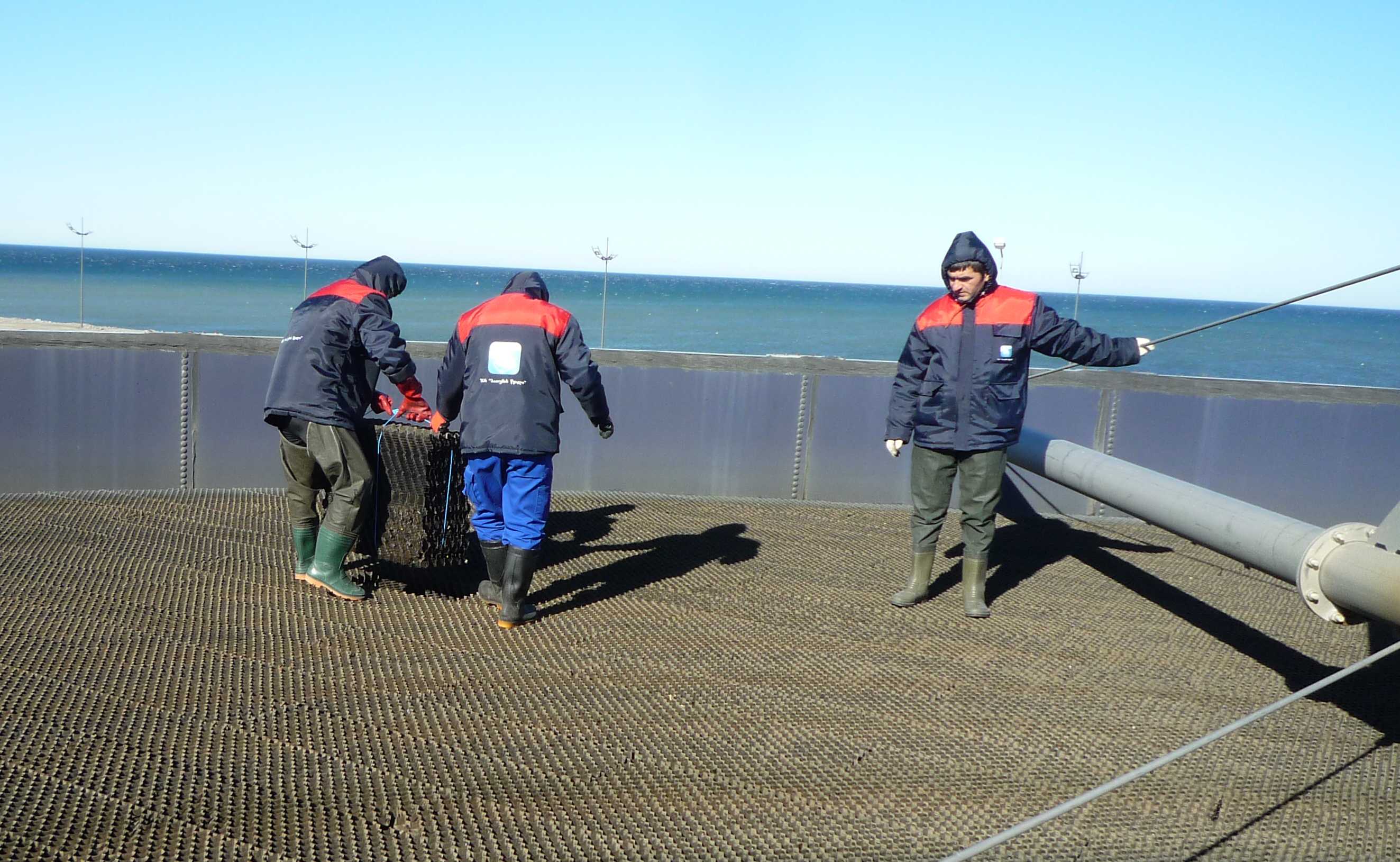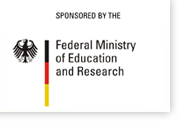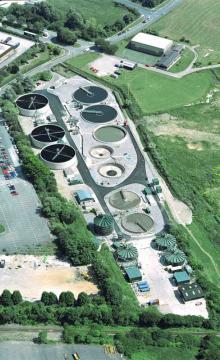 Trickling filters - a time-tested process to cope with difficult local boundary conditions
Trickling filters - a time-tested process to cope with difficult local boundary conditions
Trickling filters are an appropriate wastewater treatment process above all in regions with limited energy resources and a difficult infrastructure. They are robust, operationally stable, and given favourable topographic boundary conditions, can be operated almost without electric power. Trickling filters can meet the requirements associated with extensive nitrification, but can also be used if the water is being used for irrigation purposes and the N and P nutrients are to remain in it.
Application of German design regulations in foreign countries
The design and planning provisions customarily applied in Germany (ATV-DVWK-A 281) do not take other climatic conditions into account so far and, consequently, may lead to unsatisfactory results in hot countries.
Development and validation of a practicable design algorithm
The key aim of the project was to develop and validate a practicable design algorithm for planning and dimensioning trickling filter carbon removal and partial nitrification systems for use in both hot and cold climatic zones. In addition to dimensioning, practical instructions relating to operation of trickling filters in other climatic zones were being drafted.
Alongside the impact of temperature, the focus being on hot climates, elevated salt content was also taken into account; the limits to the use of the trickling filter process were 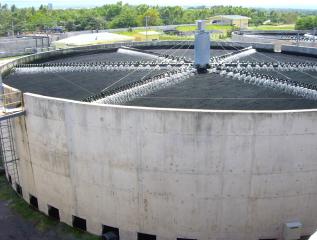 defined too. To this end, a decision matrix containing all the relevant quantities (e.g. volumes, overall height, flushing power, etc.) needed to ensure optimum use of the trickling filters in other climates, is to be drawn up. The matrix was taken into account purification targets (especially if departures from German standards are involved), ascertainment of the values to be monitored (combined sample, composite samples, statistical mean values, etc.) and criteria for the selection of types of contact filters.
defined too. To this end, a decision matrix containing all the relevant quantities (e.g. volumes, overall height, flushing power, etc.) needed to ensure optimum use of the trickling filters in other climates, is to be drawn up. The matrix was taken into account purification targets (especially if departures from German standards are involved), ascertainment of the values to be monitored (combined sample, composite samples, statistical mean values, etc.) and criteria for the selection of types of contact filters.
Investigation sites:
Semi-industrial experimental set-ups are were used in Dubai. Industrial-scale tests and data akquisition were carried out on plants in Dubai, Nicaragua, Namibia, Georgia and Sveden.
Operating sequences:
- Validation strategy: Results derived from various tests were validated by extensive data samples, measurements and analyses relating to industrial-scale trickling filter systems.
- Collection of existing data: The existing data required for the validation process have been collected from selected trickling filter system sites, and then viewed and evaluated.
- Measurement campaigns: Intensive
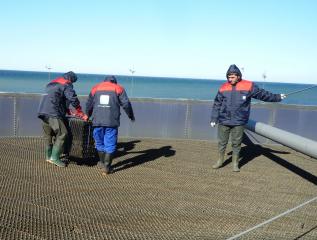 measurement campaigns were carried out on several industrial-scale trickling filter systems and on one semi-industrial trickling filter.
measurement campaigns were carried out on several industrial-scale trickling filter systems and on one semi-industrial trickling filter. - Data evaluation and trickling filter assessment: The data pool thus acquired have been evaluated and the performance of the trickling filters examined was assessed on the basis of guide parameters.
- Validation process: The existing planning, design and operating recommendations were extended to cover trickling filter systems used in other climatic conditions by comparing and supplementing the results derived from semi-industrial trials with industrial-scale data and readings relating to plants in service.
Project partners:
Universität Stuttgart, Institut für Siedlungswasserbau, Wassergüte- und Abfallwirtschaft
(ISWA), Lehrstuhl für Siedlungswasserwirtschaft und Wasserrecycling
Bandtäle 2, 70569 Stuttgart
www.iswa.uni-stuttgart.de
Persons to contact:
Prof. Dr.-Ing. Heidrun Steinmetz, heidrun.steinmetz@iswa.uni-stuttgart.de (projet manager until Dec. 2015)
RBM Dipl.-Ing. Carsten Meyer, carsten.meyer@iswa.uni-stuttgart.de
Dipl.-Ing. Michael Seeger, michael.seeger@iswa.uni-stuttgart.de (since April 2017: michael.seeger@weber-ing.de)
ENEXIO Water Technologies GmbH, 2H Components and Solutions (until 2015: GEA 2H Water Technologies GmbH)
Leyboldstr. 12, 50354 Hürth / head office: Dieselstr. 5, 40493 Wettringen
www.enexio.com
Persons to contact:
Dipl.-Wirtsch.-Ing. Martin Marggraff, martin.marggraff@enexio.com
Dr. Dipl.-Ing. (FH) Christian-D. Henrich, christian.henrich@enexio.com



